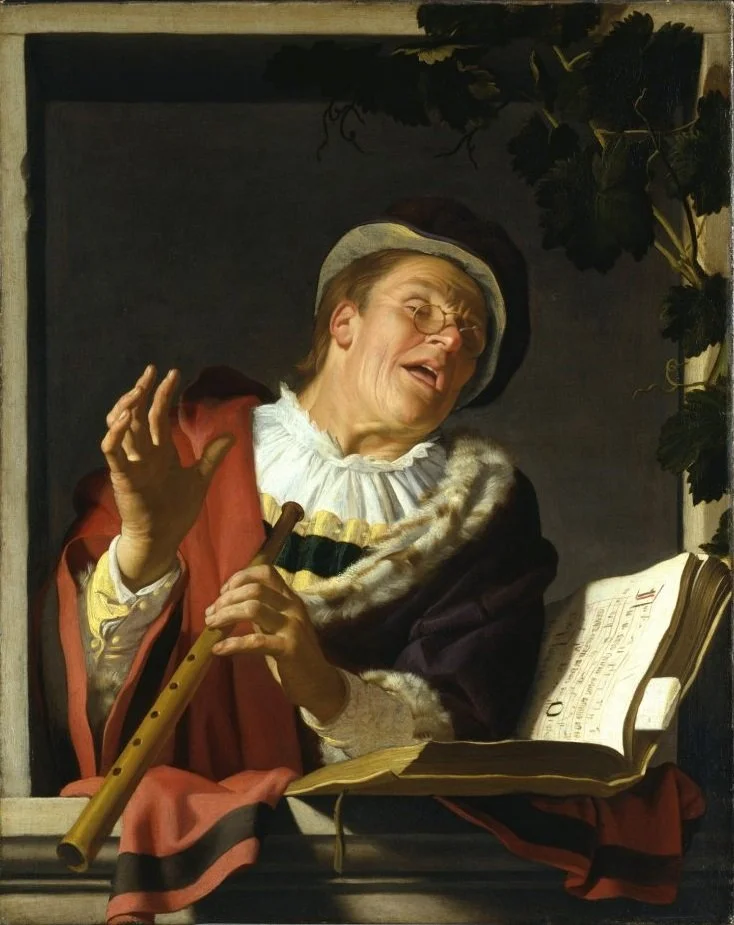WHAT IS THIS ALL ABOUT
This is an attempt of an Arts Practice-Based Research-project about the descendants of the Fandango in Hispanic America, and its relationship with European baroque dances. It has however a political goal: to create a music style that fills in the silence of the oppressed groups in the former Hispanic colonies. I do this by developing a stylistic hybrid between the different dances through arrangement and improvisation. The main goal of this website, is to share insights of this process with you, in the hope that this inspires like-minded people to pursue their dreams of bringing arts in harmony with their social values, and to make our role as artists more meaningful for our society!
What is Postcolonial in Postcolonial Fandango?
The justification for my work has been borrowed from Postcolonial Studies, a field of literary studies that tries to contest western hegemonic views through the perspectives, experiences and knowledge from people from the former colonies of the big European empires in Africa, Latin America and Asia (the “global south” or the “third world”).
When put in relationship to the performance of colonial music from Latin America in Early Music concerts, a postcolonial thinking demands a commentary on the function this music had in colonial society - unlike most of the performances known under the name “Missional Baroque” or “Latin American Baroque”, to which public and performers have assigned a certain “wold-music” character, “making it suspicious of charges of complicity in papering over the hugely conflicted sphere of contemporary geopolitics with an artificially harmonious global imaginary“ (Baker, 2008).
Instead of amplifying the colonial message, deposited in the archives of Latin American cathedrals, I choose to imagine the sound of the voices that were not written down, eavesdropping through the oral traditions. It is precisely this what G. Baker proposes as one of the alternatives to the uncommented performance of colonial music:
“The idea of invention can also be brought to bear on the issue of repertory. The voices of subaltern groups have been lost because most of their music was not notated but was transmitted orally. A focus on elite, notated music perpetuates Western musical imperialism. By bringing lost popular music traditions back to life, by turning to reinvention and improvisation, performers may reinsert excluded cultures where they have been written out or have vanished from texts. The musicologist may identify notation as an example of the imperialism of Western literacy, but the performer has the possibility of doing something about it (...)" (Baker 2008, 444)
Since I am myself a violinist educated in historical performance practice, the focus of my research is to identify the baroque elements of style and performance preserved through fandango-traditions, which acted as time-capsules, retaining instruments and poetical and musical forms dating back to the XVII and XVIII centuries. My main research question has been:
What kind of knowledge can be gained by a performer versed in Historical Performance Practice through the performance of different Fandango musics, in its both written-aristocratic-, and oral-popular expressions?
Can I identify parallelisms and cross-fertilizations? I have put a strong focus on understanding the morphology of this music their particular rhythmic profiles. I am convinced that can through comparison with historical dance-forms I can shed light into the genealogy, origins and historical development of these dances. Some insights into the relationship between European baroque dances and the Hispanic oral traditions that engendered them can only be empirically apprehended through performance and improvisation. An “analytical performance” of this spectrum of dances, can lead to contribute to its dating and categorization.
Research-Presentation
In the last 20 years, the term Latin American Baroque has been used to refer to programs containing music from colonial Hispanic America. Although the term is associated with musical cross-breeding, colonial music documents rather the absence of afro-hispanic or hispanic-amerindian musical features (Baker, 2008). By accepting the impossibility to find the written "Mestizo Baroque", this research chooses to "re-imagine it" from orality. Taking the Fandango musical family as a framework, it enters into playful dialogues between the XVIII century European fandango and its surviving folklore counterparts: the Mexican Son Huasteco and the Colombo-Venezuelan Joropo. Through analysis and transcription of oral sources, style comparison, arrangement, and historical improvisation, this research aims to create a musical product that resolves the identity tensions present in the Performance of Colonial Baroque Music under the label of Latin American Baroque.





